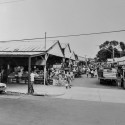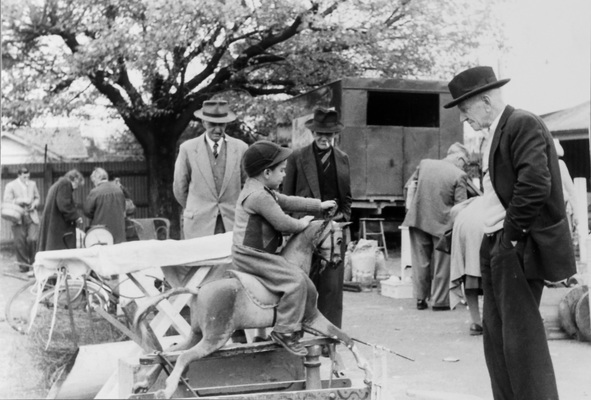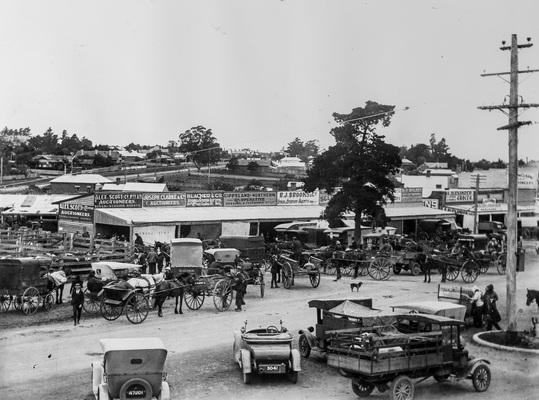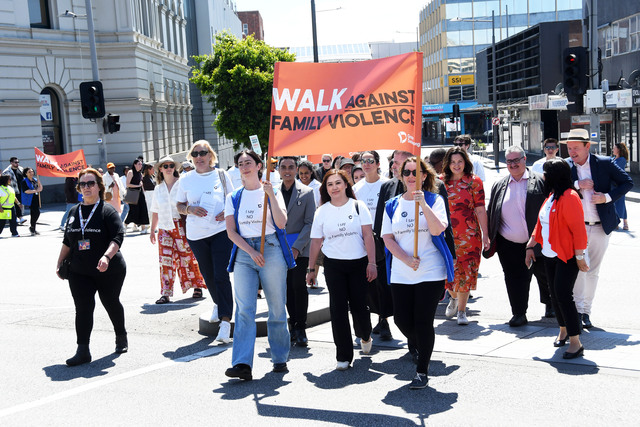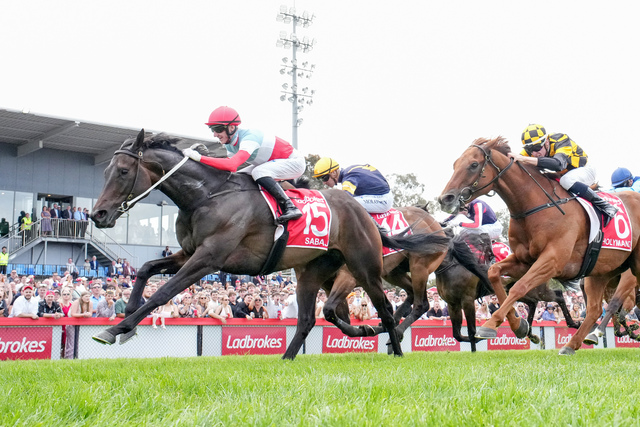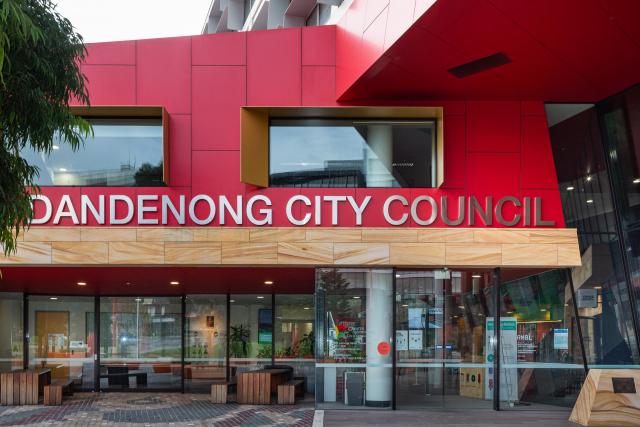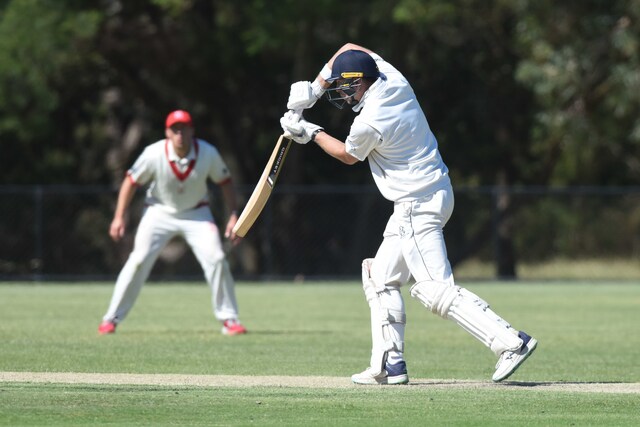Dandenong’s iconic market and the Journal were founded a year apart. As the market gears up to celebrate its 150th anniversary next year, marketing manager Briony Walker looks back at the history of another beloved Dandenong institution.
DANDENONG Market is Melbourne’s second oldest and second largest market.
Playing a central role in the development of the ‘Gateway to Gippsland’, Dandenong Market has supported local farmers and small business in the Greater Dandenong area since 1866.
Dandenong Market was officially open for business on 10 October 1866, in response to a petition from locals who demanded a local trading centre. Early market traders sold livestock, fruit, and dairy products, with many market traders travelling for days over treacherous roads.
One Gippsland farmer recalled “carting our butter, eggs and bacon to the Dandenong Market… The roads were still very bad; the journey always took three strenuous days”.
Popular items in the early days of the market included skins and hides of farm and native animals, hay, honey and lard. The market was also well-known for its livestock markets, with cattle, horses, pigs, and poultry herded into the market every Tuesday for auction.
Much like today, the market was also a venue for music and live performances. In the late 1800s, a makeshift stage of tarpaulins and cloths were strung up to create a concert area, with lights and lamps borrowed for atmosphere.
By 1870, the market started operating weekly with up to 300 vendors and buyers in attendance, general merchandise traders travelled from Melbourne to sell city goods to the country visitors. Shops and businesses started opening around the market to service the growing amount of visitors and services such as the local library adjusted their opening hours to suit the market trade.
As Dandenong Market grew along with the community around it, bigger premises were required, and in 1926 the market was relocated to its existing site on the corner of Clow and Cleeland streets where stalls included the still-popular fruit, vegetables, flowers, fish and meat as well as sewing machines, furniture and whips – perhaps less in demand these days.
A local observed at the time, “From here, there and everywhere along the roads converging on the market square, milch cows and fat cattle on the hoof, porkers, suckers and backfatters, baconers and vealers come in covered carts and motor vans… costermongers and hucksters bring in their wares… many dialects may be listened to all mingled in the jargon, “Buy! Buy! Buy!” – where anything from a needle and up to and only stopping short of an anchor, is thrust under one’s notice.”
During the Great Depression in the 1930s, the market played a vital economic role, providing opportunities for locals and farmers to set up businesses with low overheads.
The market also played an important role during World War II, when, in June 1940, the army used the market as an army camp for more than 1000 men. The stallholders made room for the soldiers and moved to the adjacent pavements.
Over the years, the market has grown to support almost 200 traders selling everything from banana bread to broad beans, spices to saris and carnations to cane juice.
Dandenong Market is still famous for its hustle and bustle, with market traders spruiking the specials of the day and what’s in season.
The market is the heart of Dandenong life and remains a vibrant community asset that is loved by both the local and regional community.

